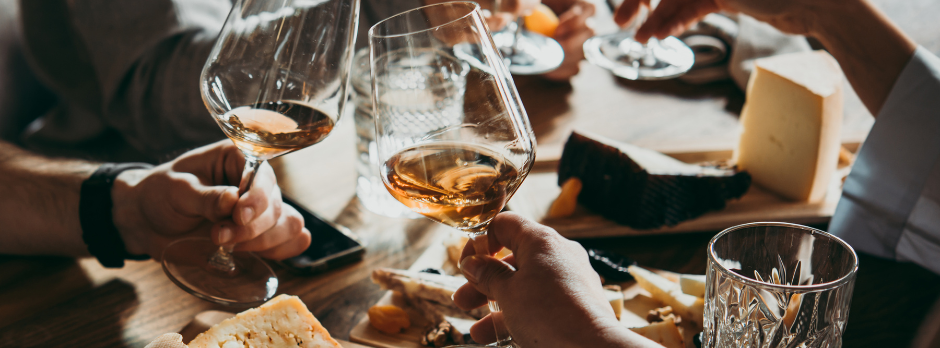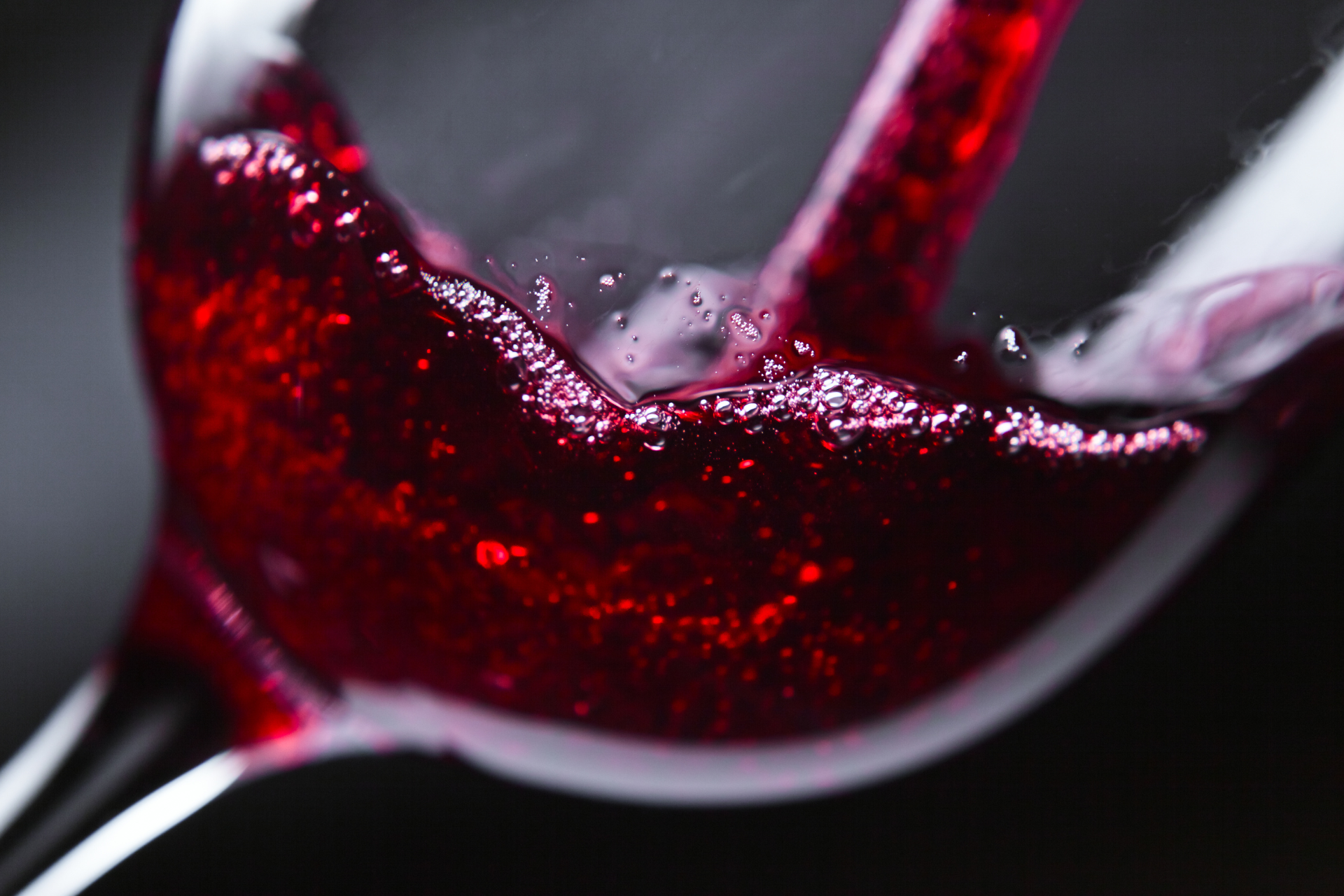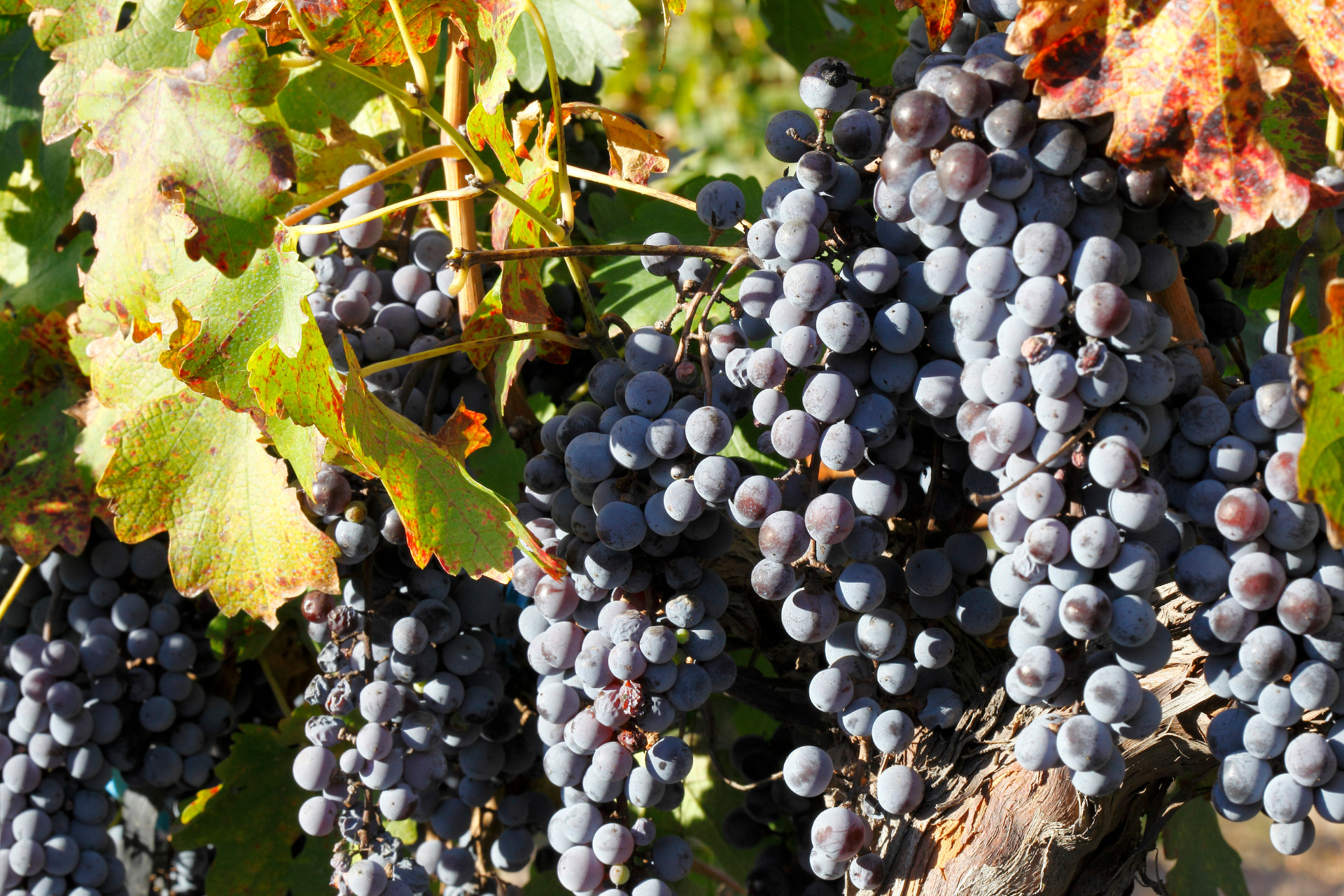Tips for Hosting a Wine-Paired Meal
Tips for Hosting a Wine-Paired Meal: A Guide to Creating a Memorable Dining Experience

There’s something truly special about hosting a wine-paired meal.
It’s not just about food and drink—it’s about crafting an experience where flavours, aromas, and conversation flow effortlessly together.
Whether you’re planning an intimate dinner for friends or a festive celebration with family, pairing wine with your dishes can elevate the entire evening.
But if the idea of coordinating the right wines with each course sounds a little intimidating, don’t worry. Hosting a successful wine-paired meal doesn’t require you to be a sommelier. With a few simple tips and a little planning, you’ll be well on your way to creating a delightful and relaxed atmosphere your guests will remember.
Here’s a detailed and engaging guide to help you pull it off with confidence—and have some fun along the way.
1. Start Light, End Bold
When planning a wine-paired meal, think of the progression of flavours like a musical score: you start with a gentle introduction, build to a crescendo, and finish on a strong, satisfying note.
Begin with lighter wines and dishes—crisp whites like Sauvignon Blanc or Pinot Grigio, or a sparkling wine like Prosecco. These pair beautifully with fresh salads, seafood entrees, or simple canapés. They awaken the palate and prepare your guests for the courses ahead.
As the meal progresses, move into medium-bodied wines like Chardonnay, Rosé, or Pinot Noir. These are excellent with creamy pastas, roast chicken, or dishes with earthy ingredients like mushrooms or herbs.
Finally, end with bold, robust wines such as Shiraz, Cabernet Sauvignon, or a rich Zinfandel. These stand up to hearty mains like grilled steaks, lamb shanks, or strong cheeses. If dessert is on the menu, consider a sweet wine like Port, Moscato, or a late-harvest Riesling.
This progression ensures that no wine overpowers the next and that your guests enjoy a natural build-up of flavour and intensity.
2. Offer Variety to Suit Different Palates
Wine appreciation is highly personal.
What’s heavenly to one person might be too dry, too sweet, or too acidic for another. That’s why it’s a great idea to offer a variety of wines throughout the meal—even if you have one main wine per course.
Having a backup option (say, a dry white alongside a medium-bodied red) ensures that guests who don’t enjoy a particular wine still feel included and catered to. Variety also encourages exploration. A guest might discover they like Riesling more than they thought or that Merlot pairs surprisingly well with your duck confit.
You don’t need a dozen bottles—just a thoughtful selection that gives your guests room to find something they love. If you want to be extra hospitable, ask in advance if your guests have any wine preferences or dietary restrictions.
3. Serve Wine at the Right Temperature
Temperature can make or break a wine’s performance. Serve it too warm, and the flavours can become flabby and overpowering. Serve it too cold, and the aromas and complexity get muted.
Here’s a simple guide to ideal serving temperatures:
- Sparkling wines: 6–8°C (very chilled, about 30 minutes in an ice bucket)
- Light white wines and rosé: 8–10°C
- Full-bodied whites (like oaked Chardonnay): 10–13°C
- Light to medium-bodied reds (like Pinot Noir): 13–16°C
- Full-bodied reds (like Shiraz or Cabernet): 16–18°C
Top tip: Take white wine out of the fridge about 15 minutes before serving, and place red wine in the fridge about 15–20 minutes before serving.
Don’t be afraid to use a wine thermometer if you’re aiming for precision, but honestly, even loosely following these temperature ranges can vastly improve the drinking experience.

4. Let Reds Breathe (and Even Some Whites)
Some wines benefit from a little oxygen before they hit the glass.
This process, known as aeration, softens tannins and allows hidden aromas to emerge.
Young, tannic reds like Cabernet Sauvignon or Nebbiolo are perfect candidates for decanting. Let them breathe for 30 minutes to an hour before serving. Even some full-bodied whites like Chardonnay can open up beautifully with a little air.
Don’t have a decanter?
No worries.
Pouring wine into glasses a few minutes ahead of time or swirling it gently can also do the trick.
It's a small step that can make a big difference to taste.
5. Use the Right Glassware (It’s Not Just Snobbery)
Yes, it may sound a bit posh, but glassware matters—and it’s not about showing off.
The shape of a wine glass can influence how aromas are concentrated and how wine flows onto your palate.
- White wine glasses are typically narrower and smaller, which helps preserve delicate aromas and maintain cooler temperatures.
- Red wine glasses have a larger bowl to allow for better aeration and a fuller bouquet.
- Sparkling wine flutes preserve the bubbles longer, while dessert wine glasses are smaller to enhance sweetness and aroma concentration.
You don’t need an entire cabinet full of specialised glasses.
A good rule of thumb is to have at least two types: one for whites and one for reds.
If that’s not possible, a versatile tulip-shaped glass can serve both purposes reasonably well.
6. Pair Food and Wine Intentionally
While it’s okay to experiment, some pairings are tried and true for good reason.
Understanding the basic principles can guide your decisions and reduce guesswork.
Here are a few classic pairing principles:
- Acid matches acid: Sauvignon Blanc with a citrusy ceviche or tomato-based dish.
- Fat loves tannin: A juicy steak with Cabernet Sauvignon.
- Sweet meets heat: Off-dry Riesling with spicy Thai or Indian food.
- Earthy with earthy: Pinot Noir with mushroom risotto or truffle pasta.
- Salt balances sweetness: Blue cheese with Port or a late-harvest wine.
When in doubt, match the intensity of the wine to the dish.
Light wines go with lighter fare, while bold wines pair best with rich, robust dishes.

7. Cleanse the Palate Between Courses
To help guests fully appreciate each wine and dish pairing, it’s a good idea to offer palate cleansers between courses.
These could be as simple as plain water, a bite of sorbet, or some unsalted crackers.
A refreshed palate means your guests can better experience the next flavour combination without lingering tastes muddying the experience.
8. Share a Bit of the Story Behind Each Wine
If you know a bit about the wine you’re serving—where it’s from, what grape it’s made from, or a quirky story behind the vineyard—share it! Guests love little insights, and it adds personality to the evening.
You don’t need to give a lecture. Just a quick note like: “This Pinot Noir is from the Adelaide Hills—great altitude and cool climate, which gives it that beautiful cherry flavour” is enough to spark interest and appreciation.
If you’re not confident in your wine knowledge, write down a few fun facts beforehand or even print a mini wine menu for the table.
9. Set the Mood and Enjoy the Atmosphere
A wine-paired meal isn’t just about food and drink—it’s an experience.
Consider these final touches to help set the mood:
- Soft lighting (candles, fairy lights, or dimmed lamps)
- A great playlist—light jazz, acoustic, or classical
- Elegant table settings—nothing too formal, just a thoughtful arrangement
- Pacing—don’t rush. Give each course time to shine
Encourage conversation and laughter.
Make it relaxed and engaging.
A successful dinner party is one where the guests leave not just satisfied, but smiling.
10. Most Importantly—Have Fun With It
Above all else, don’t stress about being perfect.
Wine is about enjoyment, not anxiety.
So what if you accidentally served the red too cold or forgot which region the white is from?
The heart of a wine-paired meal lies in sharing something you love with people you care about. Whether you're a total beginner or a seasoned wine lover, the goal is simple: create a memorable, enjoyable experience.
If something doesn’t go according to plan, pour another glass and roll with it.
Laughter and good company are the best pairings of all.
Final Sip: A Toast to Great Company and Great Flavours
Hosting a wine-paired meal is one of life’s simple, elegant pleasures. It allows you to showcase your creativity, explore your palate, and connect with others over shared flavours and stories.
So grab your favourite bottles, plan your menu with care, and most importantly—enjoy the process.
The clink of glasses, the hum of conversation, and the joy of good food and wine shared around the table—that’s what it’s all about.
Cheers! 🍷
Wine and Cheese Affair News


